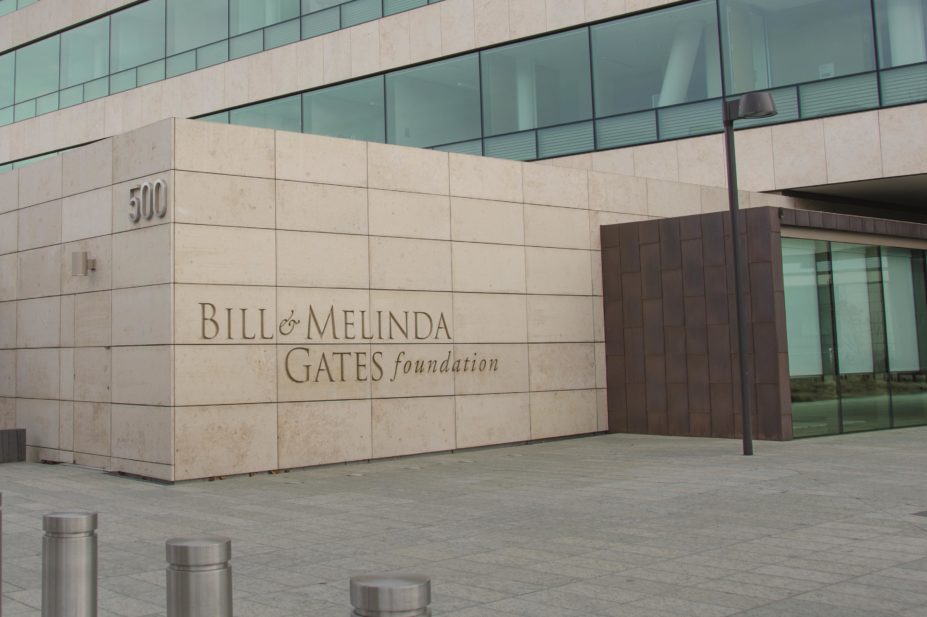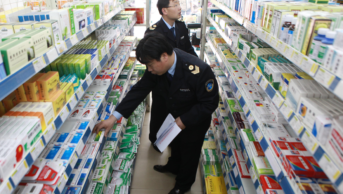
lembi / Shutterstock.com
A total of 2 billion people worldwide cannot get the medicines they need despite “moderate progress” by the pharmaceutical industry to improve access over the past two years, according to the latest Access to Medicine Index.
The index, funded by the Bill and Melinda Gates Foundation and the UK and Dutch governments, is published every two years and ranks the top 20 global drug companies according to the efforts they make to improve access to drugs in developing countries.
The 2016 index acknowledges improvements in the way access to medicines is organised and says drug companies are investing in developing drugs that are needed most but that this good practice is limited.
According to the index, the number of companies who now waive patent rights to certain products in specific regions has increased, from 9 in 2014 to 16 in 2016.
In addition, new voluntary licences have been agreed for seven additional compounds since the 2014 index was published: “Most of these are for HIV/AIDS but, for the first time, such licences have been extended to a second disease: hepatitis C.”
But on some issues there has been no change since 2014. “There has been no progress in a key measure of affordability – the proportion of products covered by pricing schemes that take into account the ability to pay,” the document says.
All but one company (Astellas) now engages in “equitable pricing”, pricing strategies that explicitly take societal needs and affordability into account, but its application is limited. “The proportion of products covered by such pricing strategies is static at one-third,” the index says.
Jayasree Iyer, executive director of the Access to Medicine Foundation, says in the index foreword: “Our research suggests that many people in the industry are committed to fulfilling this contract. But progress is slower than many of us would like.”

